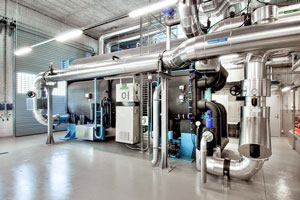With the w
Read more on this article and the rest of the National Geographic series.
Focused on Thermal Management, TIMs, Fans, Heat Sinks, CFD Software, LEDs/Lighting
Electronics Cooling Industry Updates, Liquid Cooling, News refrigerant

With the w
Read more on this article and the rest of the National Geographic series.
Electronics Cooling magazine has been providing a technical data column since 1997 with the intent of providing you, the readers, with pertinent material properties for use in thermal analyses. We have largely covered the most common materials and their associated thermal properties used in electronics packaging.